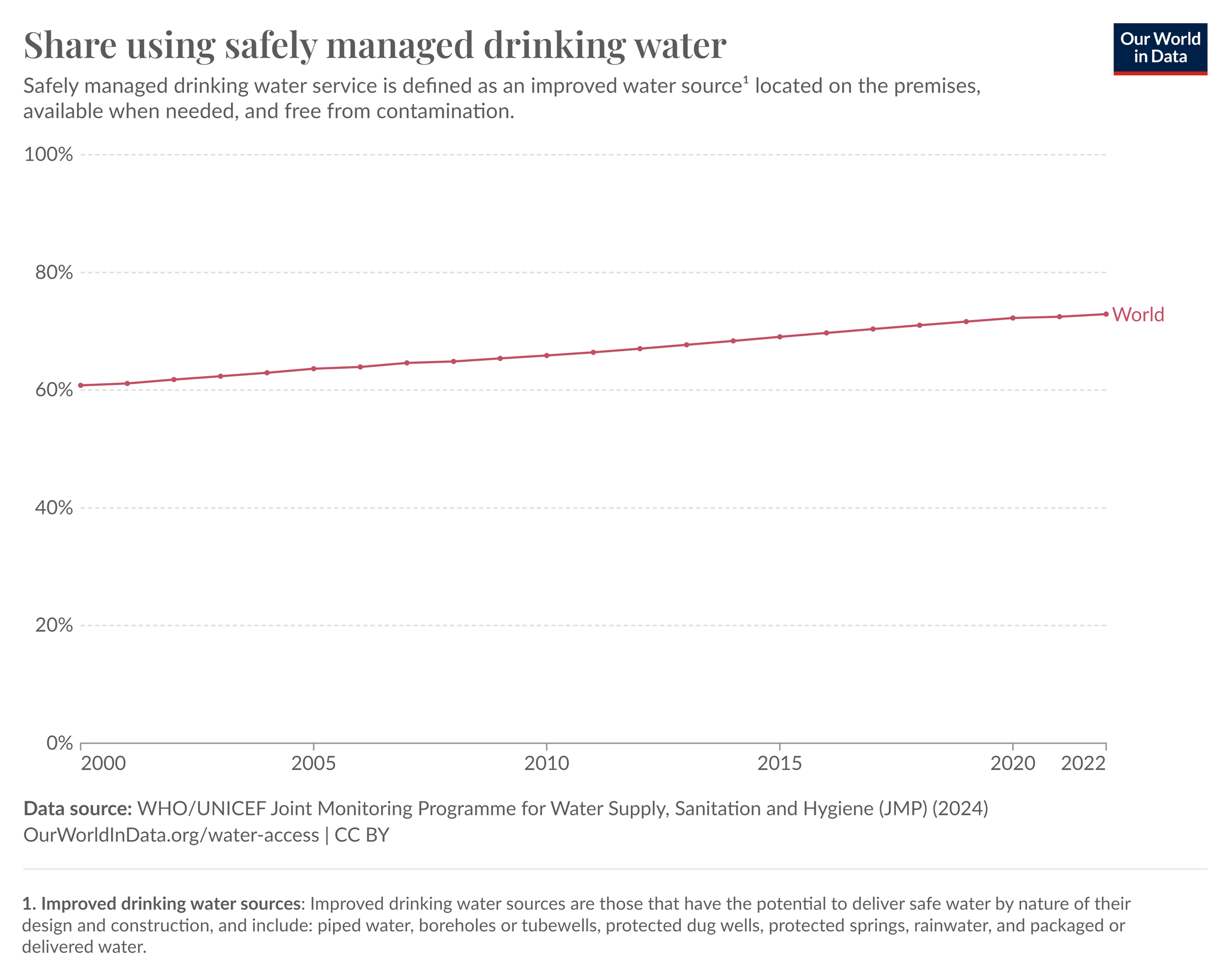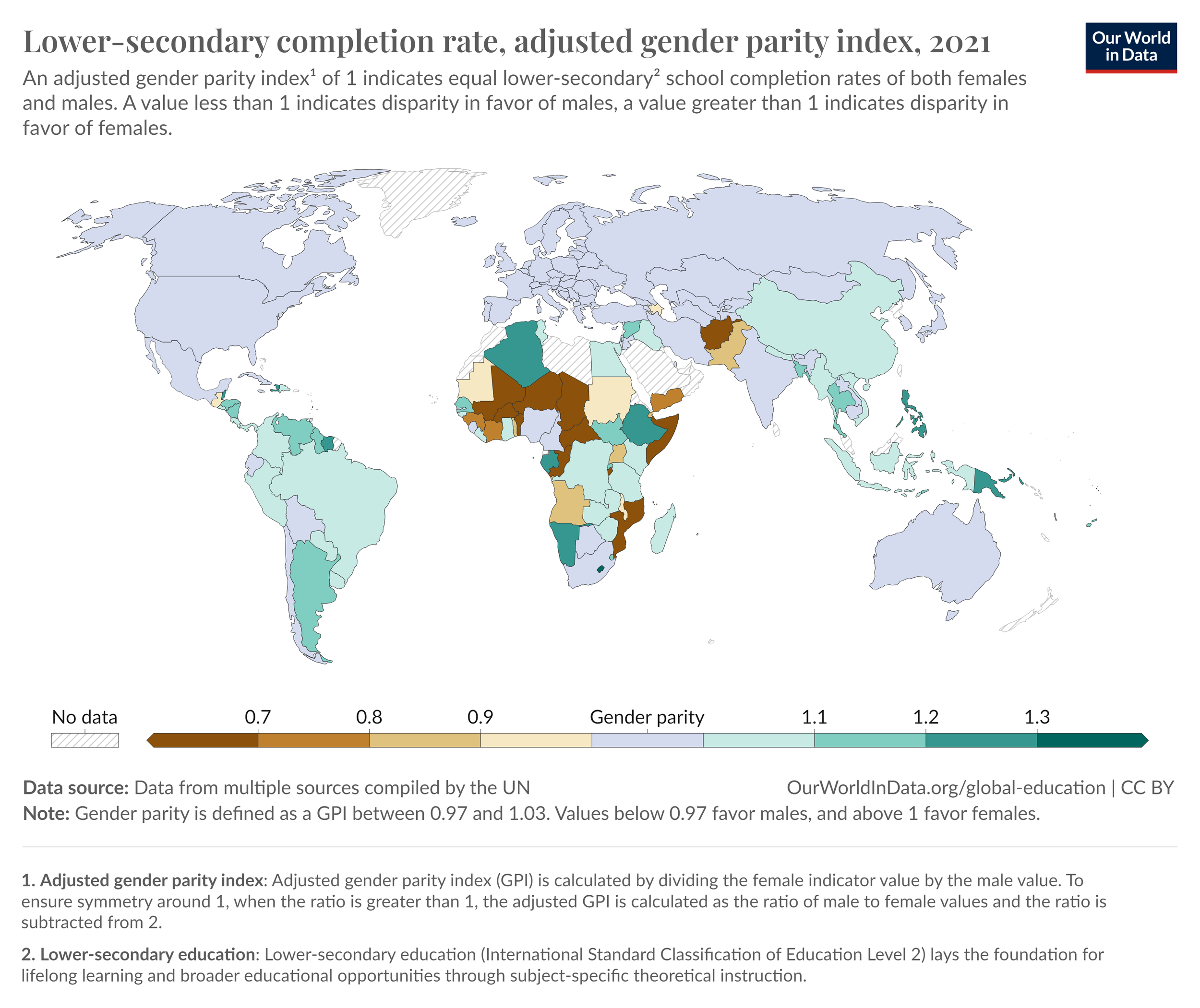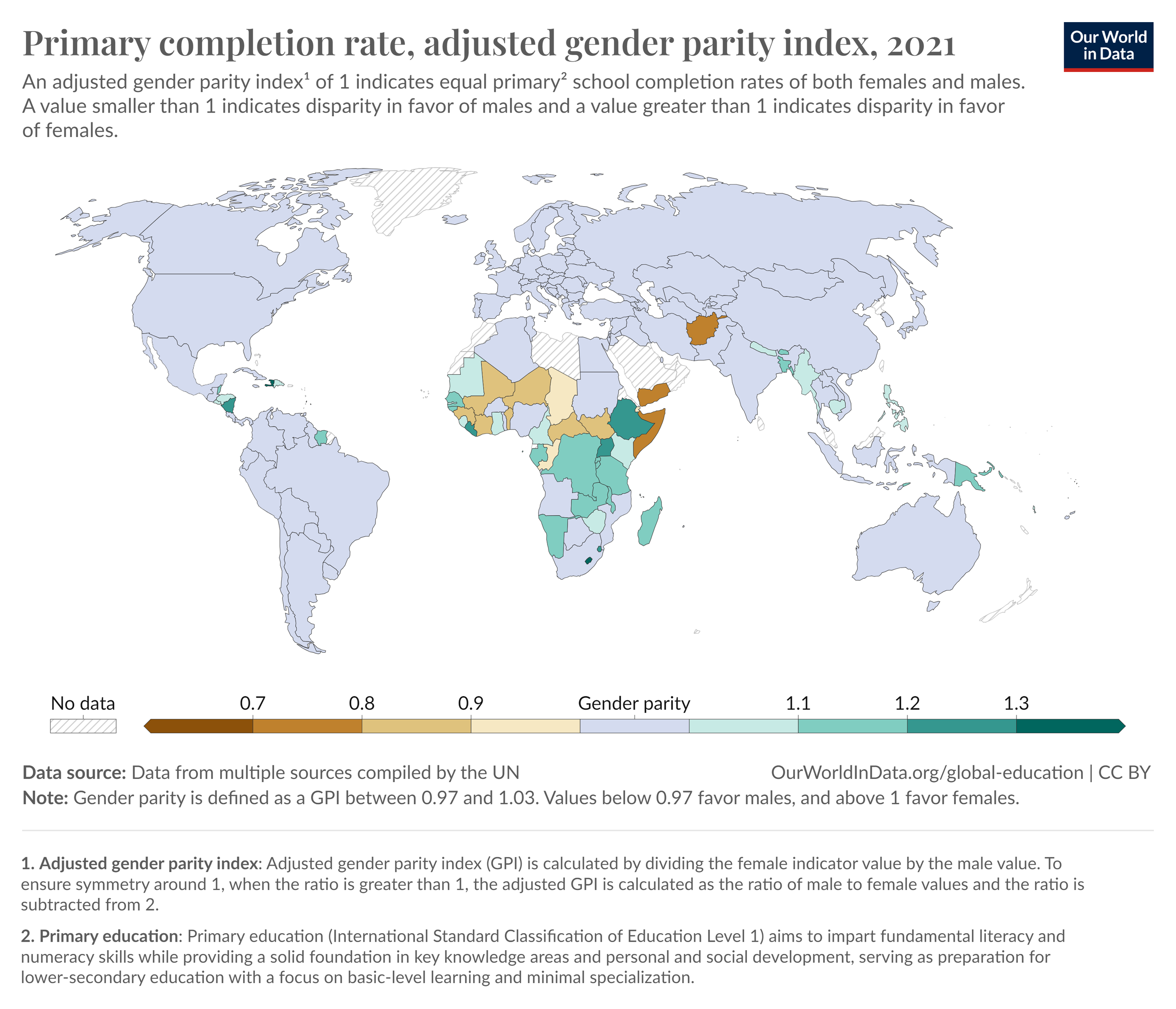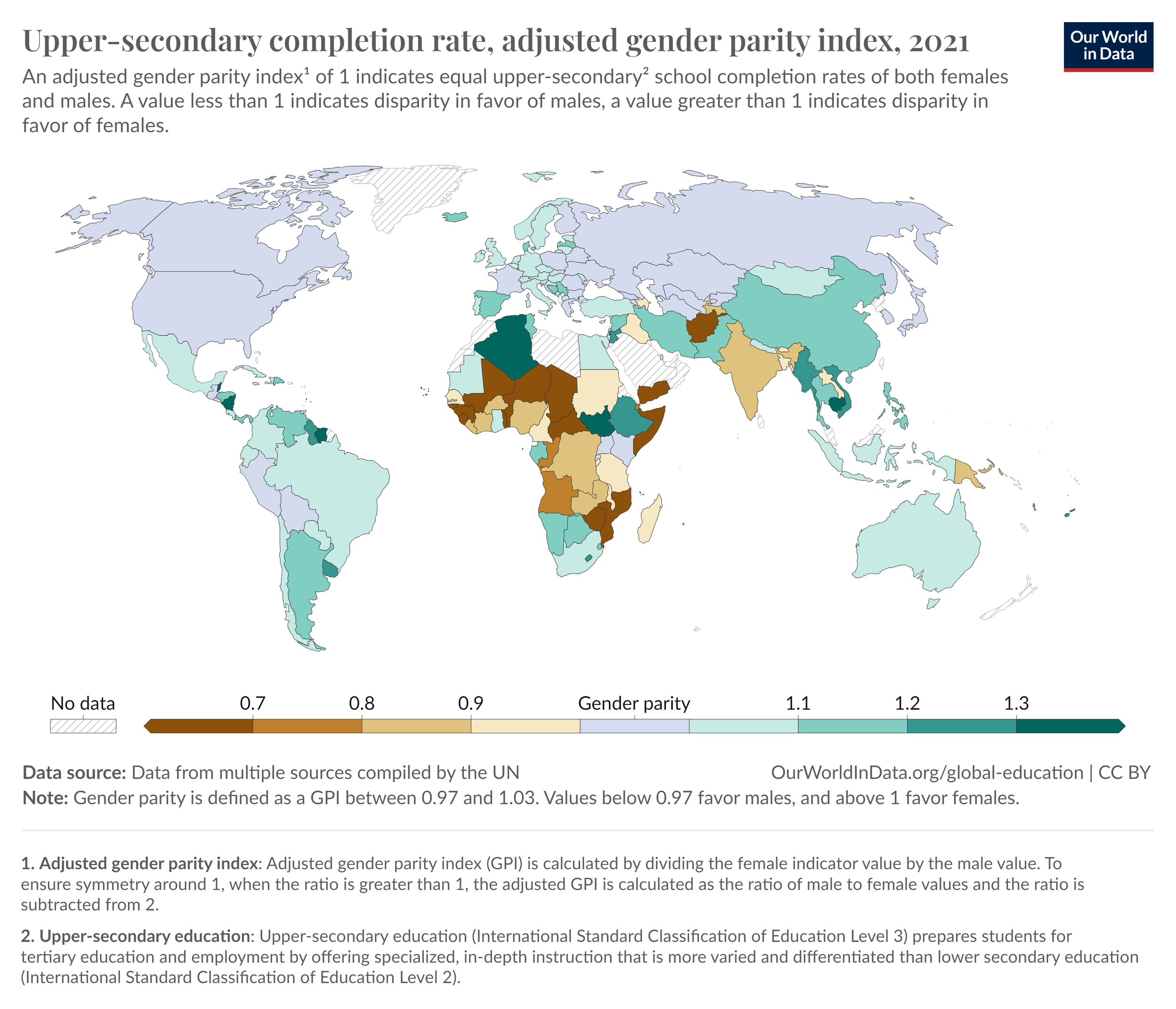SDG #6 is to “Ensure availability and sustainable management of water and sanitation for all”
Within SDG #6 are 8 targets, of which we here focus on Target 6.4:
By 2030, substantially increase water-use efficiency across all sectors and ensure sustainable withdrawals and supply of freshwater to address water scarcity and substantially reduce the number of people suffering from water scarcity
Target 6.4 has two indicators:
Indicator 6.4.1: Change in water-use efficiency over time
Indicator 6.4.2: Level of water stress: freshwater withdrawal as a proportion of available freshwater resources
It’s valuable to consider all the different activities which call upon water resources. These include the immense requirements of the primary industries of agriculture and resource extraction. Then there’s the secondary sectors of manufacturing, construction, plus the supply of power, as well as sewerage and waste treatment, as well as domestic water supply.
Water use efficiency is a measure in monetary terms, denominated in US dollars per cubic metre. At the country level, this means we take the GDP, and divide it by the number of cubic metres of freshwater withdrawn, to give us the water efficiency.
Worldwide, water efficiency in 2020 was $21 per cubic metre. Let's compare this figure for the best and worst performers among countries with data. The tiny country of Luxembourg had $1,379 per cubic metre the most water efficient, and Madagascar was the worst with $0.91/m3.
We become at risk of water stress when we withdraw freshwater at a rate faster than it can renew, minus what the environment needs. As of 2020, there’s 42 billion cubic metres of renewable water in the world, with an annual freshwater withdrawal rate of 3.8 billion cubic metres. We can calculate this to tell us how water stressed a country is. First, we take the amount of freshwater withdrawn (measured in cubic metres). We then divide this by the total renewable freshwater, minus the environment requirements. After multiplying by 100, this gives us a percentage of water stress, which if greater than 75%, is high. Besides affecting our drinking water supply and economic sectors, this threatens food security.
Measured at the global level, the level of water stress is 18% as of 2020. This level hasn't changed since 2015, although the target has asked us to reduce those living with water scarcity. Several countries even have a critical water stress percentage greater than 100. This occurs when we withdraw freshwater at a greater rate than the renewable sources can replenish. These countries span the Sahara, across the Mideast into Central Asia. Kuwait’s water efficiency percentage is a stratospheric 3,850%, followed by 1,587% in UAE and 974% in Saudi Arabia. Not only has Kuwait not decreased its water scarcity, its doubled it since 2000.














































